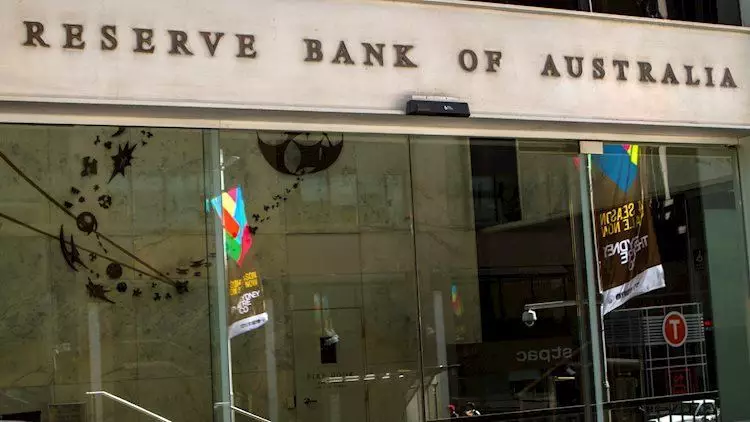The Reserve Bank of Australia (RBA) recently published the Minutes of its May monetary policy meeting, revealing that the board members had debated the possibility of raising rates. Interestingly, they ultimately determined that the case for maintaining a steady policy stance was the stronger one. The board also acknowledged the difficulties associated with predicting future changes in the cash rate, citing an increased risk of inflation lingering above target levels for an extended period. The board’s consensus on the importance of maintaining inflation within the target range by 2026 underscores the significance of their deliberations.
During the meeting, the board reviewed staff forecasts, noting that they provided a credible path for achieving the inflation target. However, it was highlighted that these forecasts were contingent on a notably higher trajectory for the cash rate. The board also pondered the possibility of a rate hike if the forecasts turned out to be overly optimistic, emphasizing the need to balance risks around the projections. Despite these uncertainties, it was reassuring to see that inflation expectations remained stable and well anchored.
Market Analysis
The release of the RBA Minutes had a discernible impact on the Australian Dollar (AUD) against the US Dollar (USD), with the AUD/USD pair hovering near 0.6669 at the time of writing. This modest gain of 0.04% reflected market participants’ response to the insights shared by the central bank. Investors closely monitor the RBA’s decisions as they have a direct bearing on interest rates and monetary policy in Australia.
The RBA’s primary mandate is to ensure price stability by maintaining an inflation rate of 2-3%. Moreover, the central bank aims to uphold currency stability, promote full employment, and support economic prosperity for the Australian populace. To achieve these objectives, the RBA employs various tools such as adjusting interest rates, quantitative easing (QE), and quantitative tightening (QT). By manipulating interest rates, the RBA can influence the value of the Australian Dollar and stimulate economic activity.
Macroeconomic indicators play a vital role in shaping market sentiment and influencing currency valuations. Positive data releases, such as robust GDP figures, strong manufacturing and services PMIs, rising employment levels, and optimistic consumer sentiment surveys, can buoy the Australian Dollar. A thriving economy may prompt the RBA to consider raising interest rates, which in turn could strengthen the AUD against other major currencies.
In times of economic distress, the RBA may resort to quantitative easing (QE) to bolster liquidity and stimulate credit flow in the economy. By purchasing government or corporate bonds, the central bank injects capital into financial institutions, thereby weakening the Australian Dollar in the process. Conversely, quantitative tightening (QT) is implemented during economic recoveries to curb inflationary pressures. The cessation of asset purchases and reinvestment activities can have a bullish effect on the AUD.
The Minutes of the RBA’s monetary policy meeting offer valuable insights into the central bank’s considerations and outlook on the economy. Market participants will continue to monitor the RBA’s decisions and guidance to navigate the evolving economic landscape. As the global economic outlook remains uncertain, central banks like the RBA play a crucial role in maintaining stability and fostering growth.

